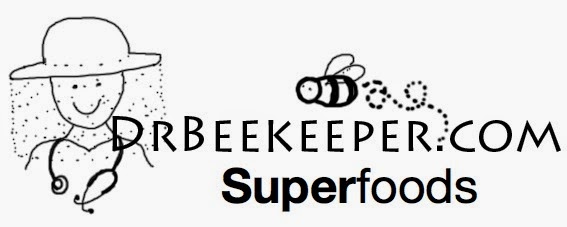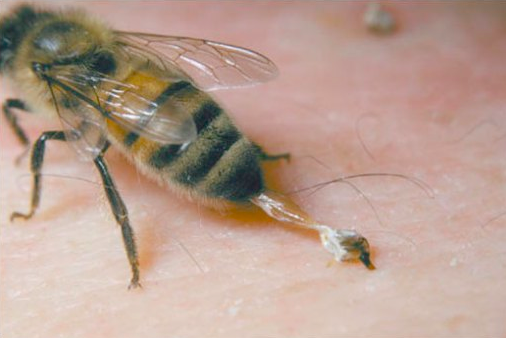Have you ever wondered if so-called superfoods like honey are actually as good as people make them out to be? This brand new series examines the health benefits of different product of the hive. We’ll start with bee venom a surprisingly useful and interesting product. Then we’ll look at royal jelly, propolis and more common products from the hive such as pollen and wax. Finally we’ll examine honey and discover if it really is a superfood.

What is Bee Venom?
Bee venom is the colourless, bitter poison made by bees to make bee stings painful. When you get stung, 0.1mg of venom is injected via the bee’s stinger. Bee venom is a mixture of proteins including mellitin (accounting for 52% of venom peptides), apamin and histamine. These proteins cause inflammation (and therefore pain) and act as an anticoagulant (stops blood clots from forming).
What are the health benefits?
It is ironic that the very thing that people are scared of – the bee sting – can be a powerful source of healing. For centuries the belief that bee venom is beneficial in inflammatory conditions has been known. It has been used for the relief of inflammatory conditions such as rheumatoid arthritis. It has also been used to desensitize people that are allergic to bee venom – so called bee venom immunotherapy. Repeated injections of bee venom under the skin results in an immune response which helps to reduce the reaction on future exposure.
 How is it taken?
How is it taken?
Purified bee venom is given as a subcutaneous (under the skin) injection. In terms of side effects, some people may experience redness or swelling at the injection site. There are other less common side effects such as dizziness and itching. In some studies, bee venom has been safely administered in doses as high as 20 bee stings, three times a week for 24 weeks. As bee venom stimulates the immune system, there is a risk that people with autoimmune conditions may experience a flare. It should be avoided during pregnancy and should certainly not be given in high doses as it causes the uterus to contract.

How is it made?
Bee venom is extracted from bees by placing a plate of glass along the hive with a small electrical current running through it. As the bees pass this plate, a small electric shock is delivered encouraging the bees to sting the glass surface. The venom is deposited on the glass surface leaving the bee’s stinger intact. It’s said that this process doesn’t kill or harm the bees themselves.




Great article.